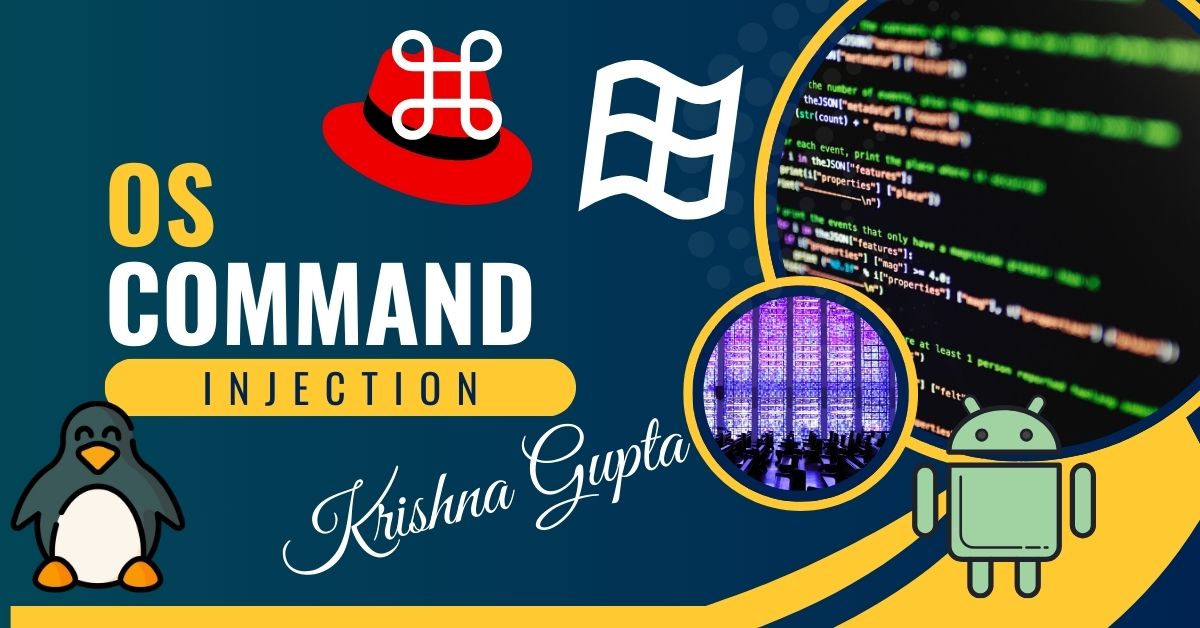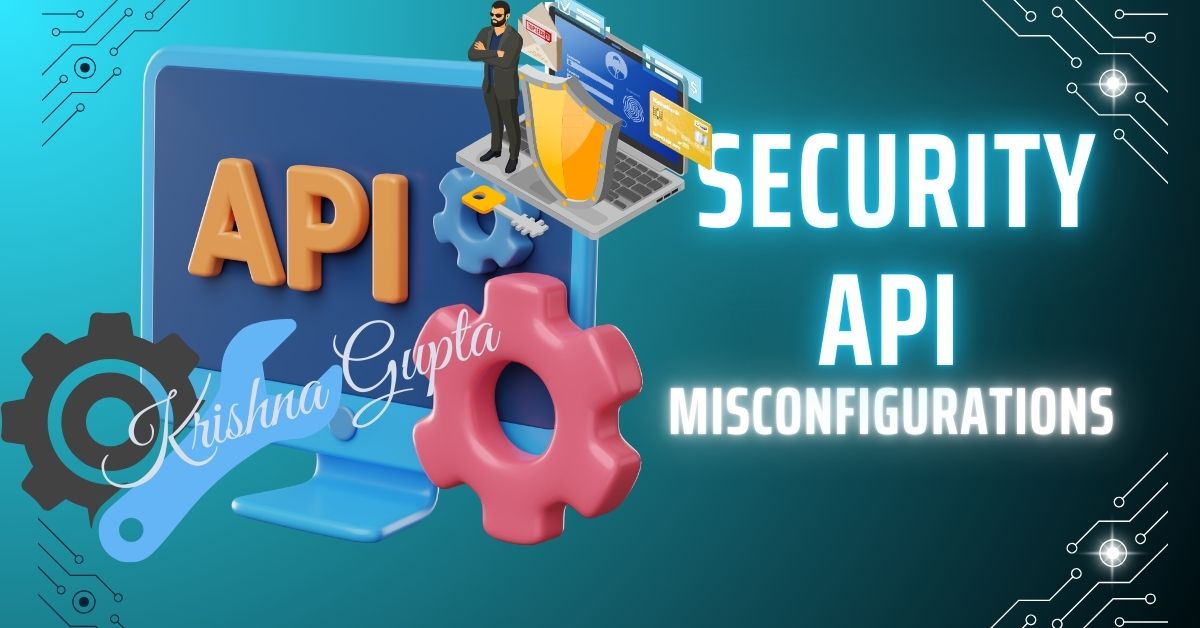At its core, **security misconfiguration** occurs when the security settings of an API or its supporting systems are improperly configured or left at their default settings. APIs often rely on a wide range of underlying infrastructure, including web servers, databases, cloud services, and identity management systems. Each of these elements needs to be configured in line with security best practices to ensure the overall security posture of the API.
Misconfigurations can arise at any stage in the API lifecycle, from development to deployment, and they are not limited to a single type of vulnerability. They may involve poorly configured authentication mechanisms, incorrect access control settings, or vulnerabilities in third-party services integrated into the API ecosystem.


